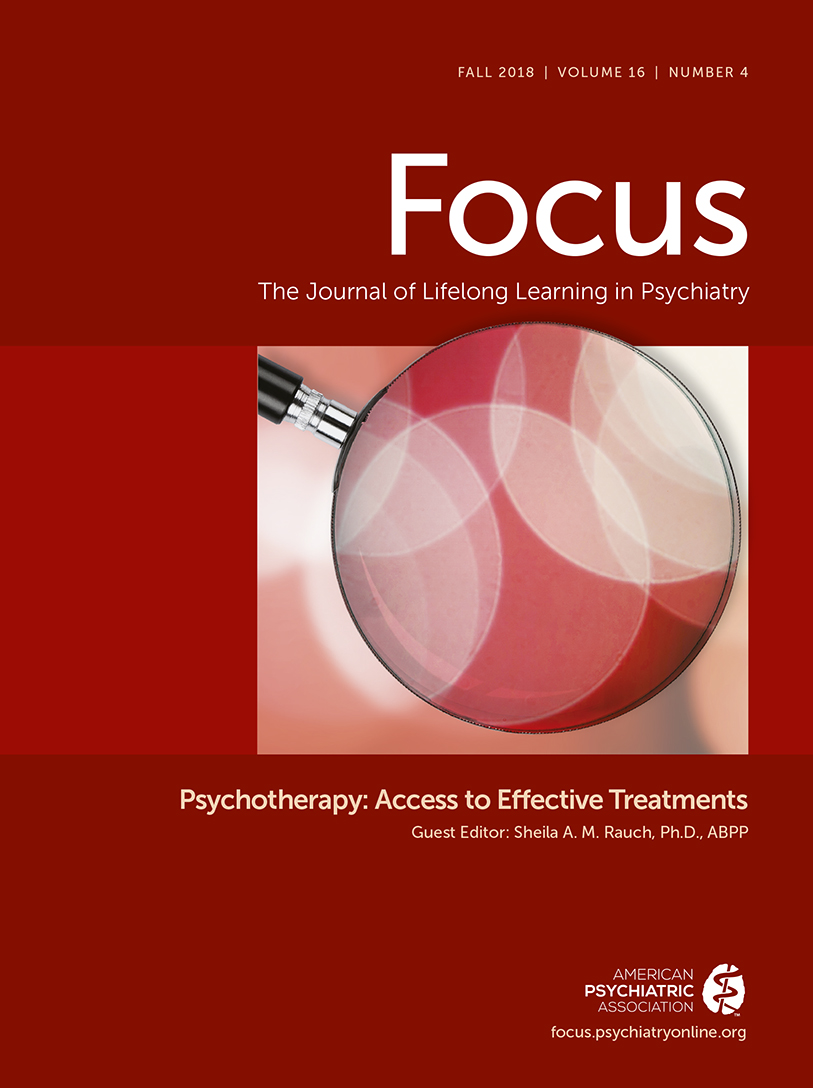On the Road to Zero Suicide
The suicide epidemic is spreading. The World Health Organization has estimated that one person dies from suicide every 40 seconds. In the United States, this is about one person every 16 minutes—or almost 46,000 people a year. These are people’s friends and family members—persons in every walk of life, from doctors and nurses to firefighters and factory workers. In short, they are us. Theories as to why the suicide rate has recently increased 30% bounce around the halls of government and academia with no one clear answer rising to the top. It is not just mental illness, drug and alcohol abuse, lack of access to mental health services, stigma, social isolation, anomia, relationship problems, financial insecurity, and the ready availability of means such as firearms. All of these factors, and others, likely play roles. This complexity leads clinicians to feel frustrated by their lack of their knowledge, skills, and resources when confronted by a patient with suicidal thoughts. The article by Brodsky et al. helps fill those gaps (1).
The zero suicide model, introduced by the National Action Alliance for Suicide Prevention, provides a framework and resources to coordinate a multilevel approach to implementing evidence-based practices for suicide prevention. This article updates the current state of knowledge and provides a readily digestible guide to implementing the model in clinical settings. Ten basic steps for clinical management are described and illustrated through case vignette. These steps can be easily incorporated into standard clinical practice to enhance suicide assessment, management, monitoring, and follow-up. The article should be read by trainees and clinicians who want to provide the best evidence-based care for patients struggling with serious mental health issues.
1 : The Zero Suicide Model: applying evidence-based suicide prevention practices to clinical care. Front Psychiatry 2018; 9:33Crossref, Google Scholar



